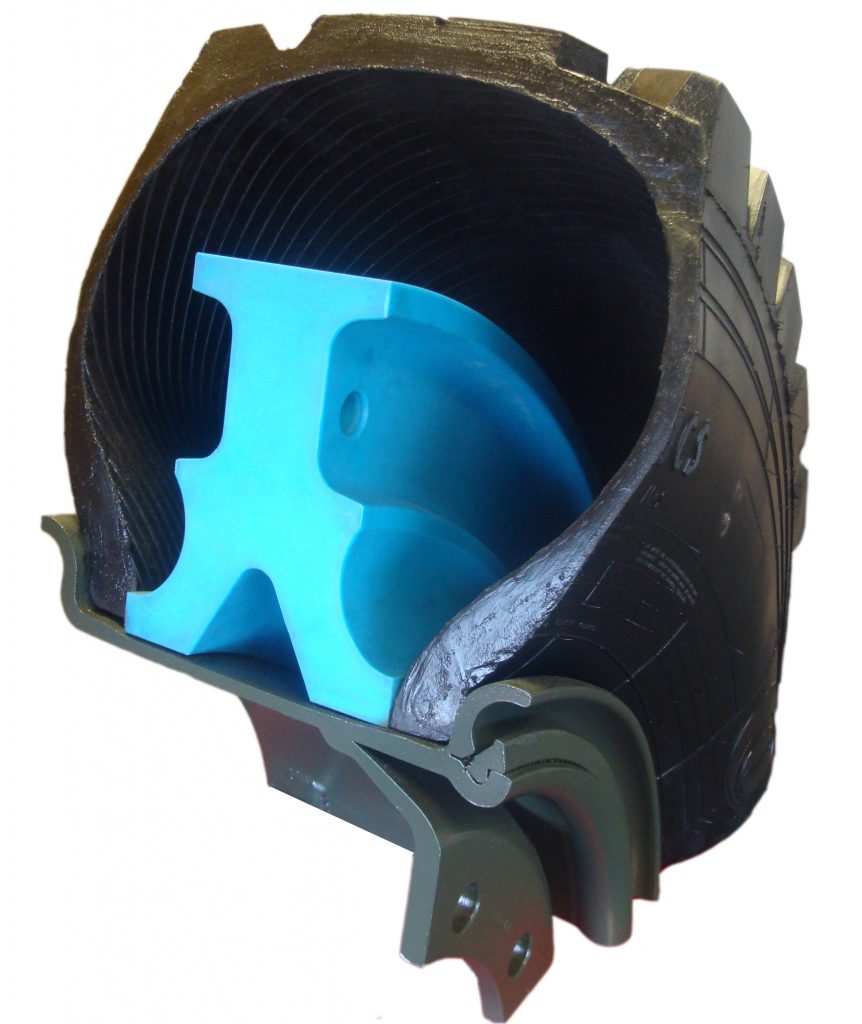- June 6, 2025
- Posted by: feinuojixie
- Category: Run Flat Guide


When venturing off the beaten path, the last thing you want is to be stranded with a flat tire in a remote location. That’s where run flat all terrain tire come in. These tire combine the rugged performance required for off-road conditions with the self-supporting strength that allows your vehicle to keep moving even after a puncture. Whether you’re an adventurer crossing deserts or a weekend warrior tackling mountain trails, run flat all terrain tire provide unmatched peace of mind, reliability, and performance in unpredictable terrain. In this guide, we’ll explore everything you need to know about this ultimate off-road upgrade—from how they work to why they’re becoming the go-to choice for serious off-road enthusiasts.


What Are Run Flat All Terrain Tire? A Simple Explanation
Run flat all terrain tire are specially engineered to remain functional even after losing air pressure. Unlike conventional tire, they feature reinforced sidewalls or internal support rings that bear the vehicle’s weight for a limited distance, typically up to 50 miles at reduced speeds. This design eliminates the need for an immediate roadside change, which can be dangerous or impossible in remote off-road conditions. When combined with all terrain tread patterns, these tire not only provide self-supporting strength but also maintain excellent traction across dirt, gravel, sand, and snow.
How Run Flat All Terrain Tire Work in Rugged Environments
Off-road terrain throws a variety of challenges at your tires—sharp rocks, deep ruts, muddy slopes, and sudden drops. Run flat all terrain tire are built to take this abuse. Their strengthened construction minimizes the risk of sidewall punctures, while their ability to function without air pressure allows drivers to safely reach a service point even in the toughest conditions. This resilience is especially valuable during overlanding or trail expeditions where help may be hours away.
The Key Benefits of Run Flat All Terrain Tire
There are several advantages that make run flat all terrain tire an essential upgrade for off-roaders:
-
Improved safety: You won’t need to change a tire in hazardous or isolated areas.
-
Continued mobility: You can drive with zero air pressure long enough to find help or reach your destination.
-
Minimized downtime: No more interruptions to your adventure because of a flat.
-
Peace of mind: Confidence to explore new terrains without the constant worry of tire failure.
Comparing Run Flat All Terrain Tire with Traditional Off-Road Tire
Traditional off-road tire are designed to handle rough terrain, but they still rely on maintaining air pressure to perform. Once punctured, they become useless and may even damage your wheel if you continue driving. In contrast, run flat all terrain tire maintain their shape and continue functioning even after a puncture. Though they may come at a higher upfront cost, they often prove more cost-effective by reducing the risk of wheel damage and the need for emergency repairs or replacements in remote locations.
Who Should Upgrade to Run Flat All Terrain Tire?
Run flat all terrain tire aren’t just for elite off-roaders—they benefit a wide range of drivers:
-
Outdoor adventurers and campers who travel off-grid.
-
Overlanding enthusiasts covering long distances in remote areas.
-
Emergency responders operating in rugged environments.
-
Rural dwellers where road assistance may be limited or delayed.
If your lifestyle or profession demands dependable traction and safety beyond paved roads, these tire are worth serious consideration.
Common Myths About Run Flat All Terrain Tire Debunked
Despite their advantages, some misconceptions still surround run flat tire:
-
Myth: They’re too stiff for comfort. Modern versions are designed for a smoother ride than older generations.
-
Myth: They’re not suitable for off-road use. In fact, their reinforced build makes them ideal for harsh terrain.
-
Myth: They can’t be repaired. While more complex, many run flat tire can be repaired if damage is minor and within guidelines.
Understanding the truth behind these myths reveals how practical and effective run flat all terrain tire have become for real-world use.
What to Look for When Choosing the Right Run Flat All Terrain Tire
Choosing the right run flat all terrain tire depends on several factors:
-
Tread pattern: Select a design suited for your most common terrain—mud, snow, sand, or rock.
-
Load rating: Make sure the tire can support your vehicle, especially if you’re carrying gear or towing.
-
Brand reputation: Choose manufacturers known for off-road innovation and durable materials.
-
Warranty and service network: It’s wise to go with brands that offer good coverage and availability in case of issues.
Research, reviews, and expert advice can help match you with the perfect set of tire for your adventures.


Installation and Maintenance Tips for Long-Term Performance
Installing run flat all terrain tire is similar to standard tire but requires experienced professionals due to their reinforced sidewalls. For the best results:
-
Use compatible wheels specifically rated for run flat technology.
-
Check pressure regularly, even though they can operate when flat.
-
Inspect for damage after intense off-road sessions.
-
Rotate tire periodically to ensure even wear and maximum lifespan.
Proper maintenance keeps these tire delivering peak performance across every journey.
Why Run Flat All Terrain Tire Are Worth the Investment
Run flat all terrain tire represent a smart fusion of rugged capability and safety innovation. They allow you to tackle the wild without fear of getting stranded, while also offering performance and durability that stands up to the harshest terrain. Whether you’re navigating rocky mountain trails or venturing into the desert, these tire ensure that your adventure doesn’t stop because of a flat. For anyone serious about off-roading, upgrading to run flat all terrain tire is not just a luxury—it’s a necessity.
